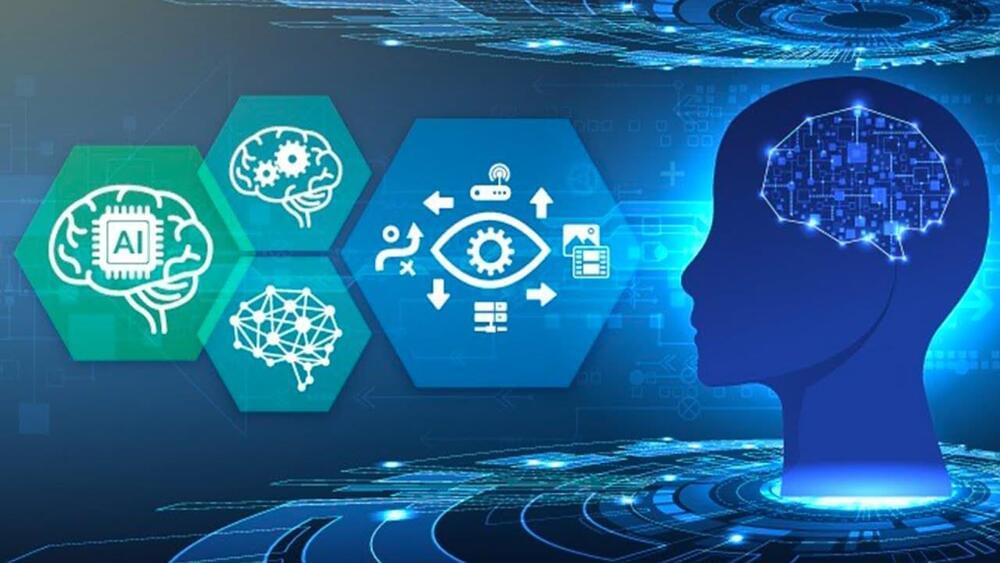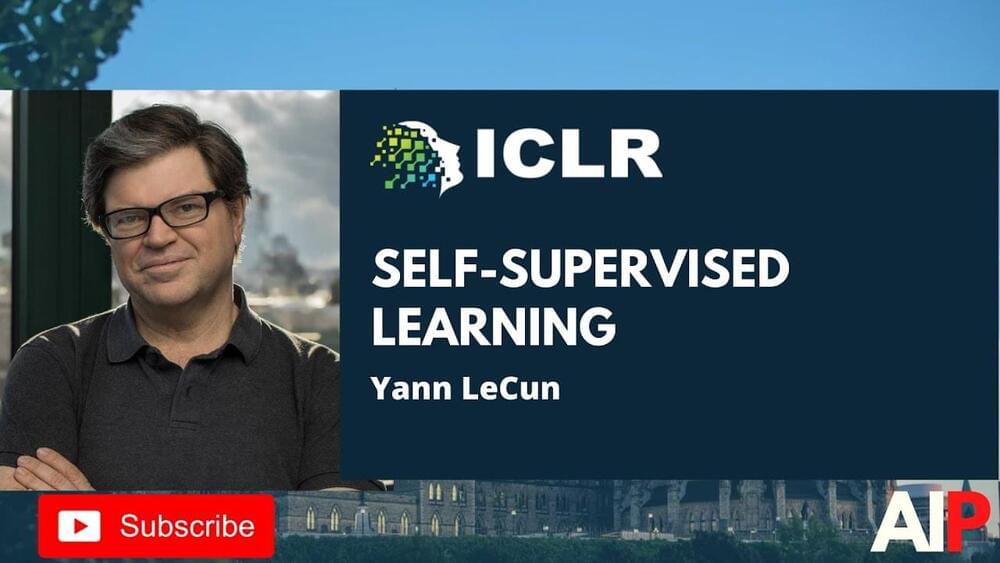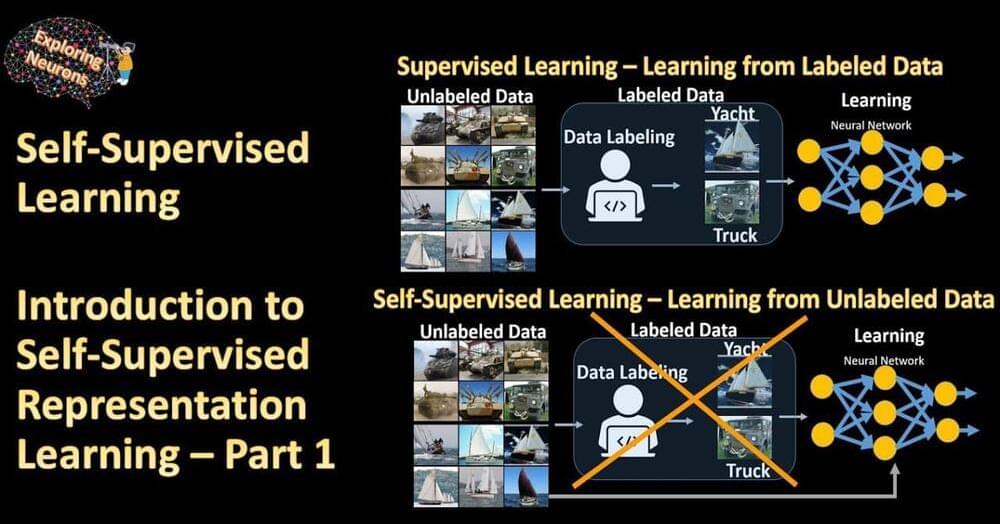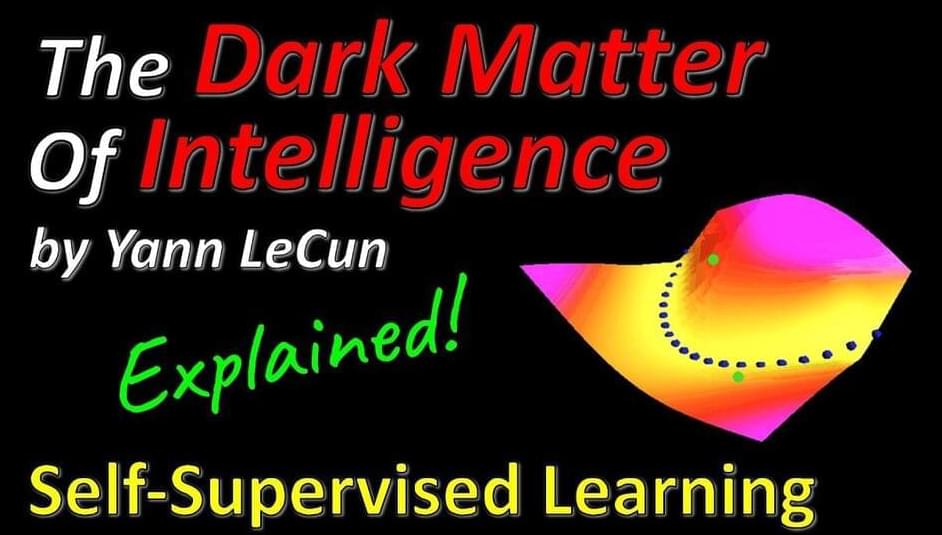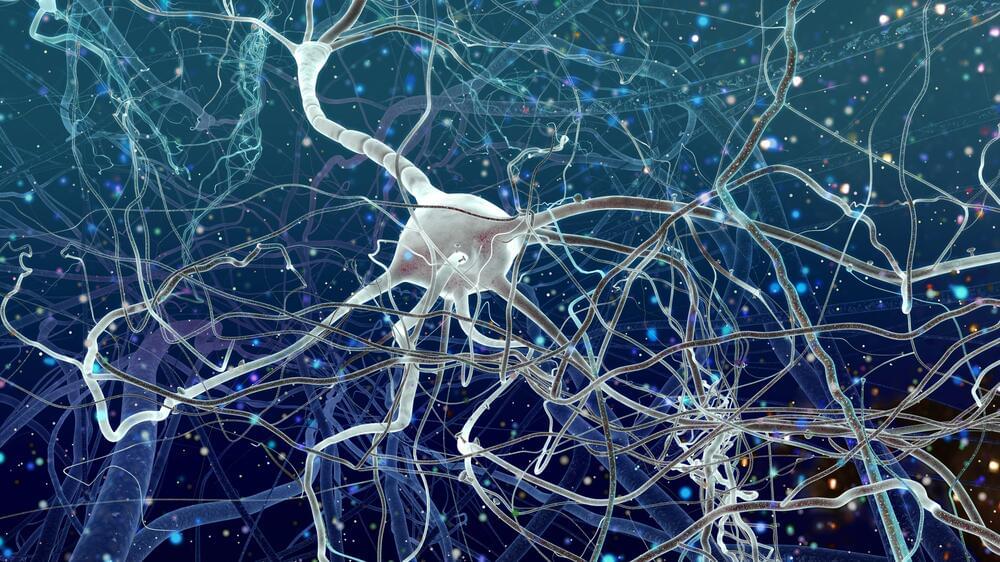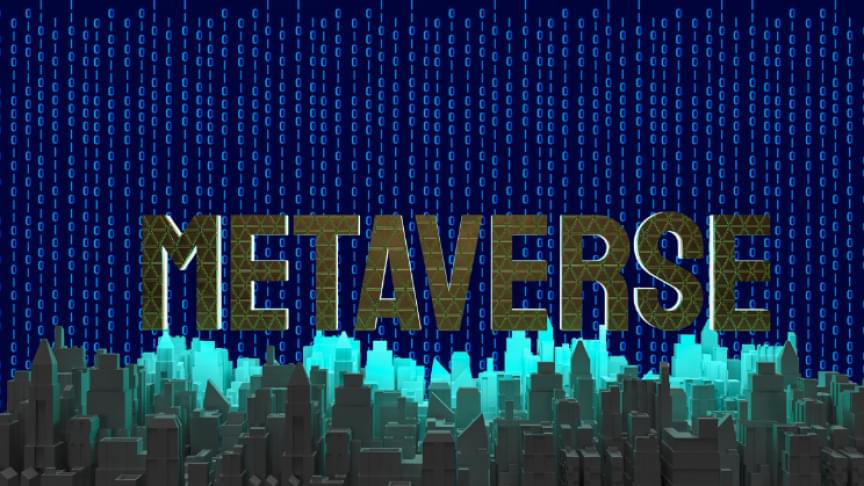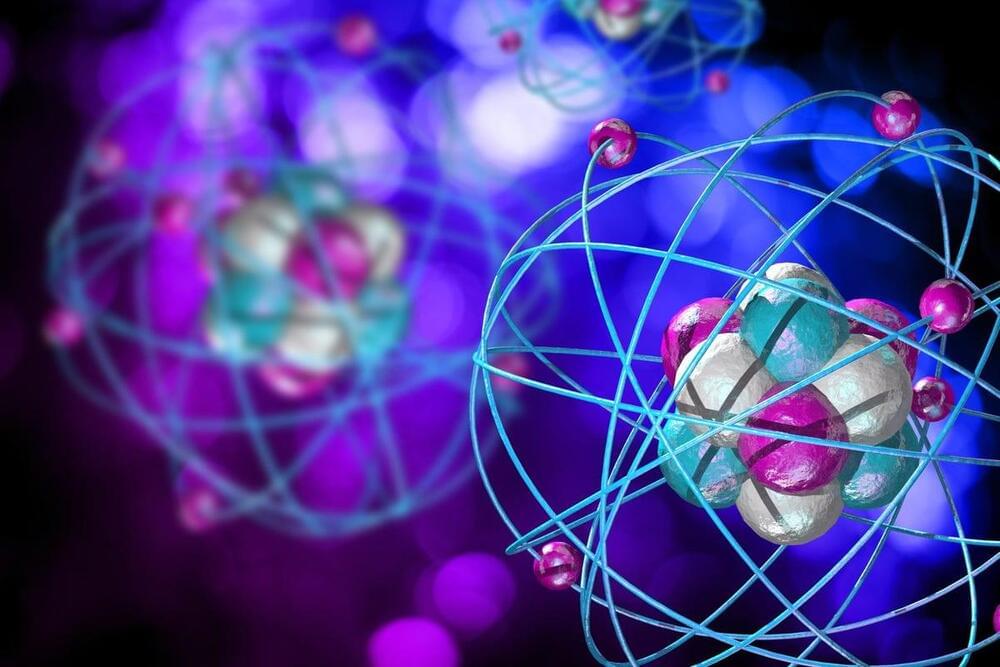A new and revolutionary approach to building Artificial Intelligence models has shown promise of enabling almost any device, regardless of how powerful it is, to run enormous and intelligent Artificial Intelligence’s in a similar way to how our Human Brain operate. This is partially done with new and improved Neuromorphic Computing Hardware which is modelled after our real brains. We may soon see AI beating humans at many different general tasks like an Artificial General Intelligence.
–
TIMESTAMPS:
00:00 The Impossibility of Human AI
01:54 A new Approach is in town.
04:33 Other approaches to AI
06:44 Is this the Future of Artificial Intelligence?
09:43 Last Words.
–
#ai #agi #neuralcomputing
